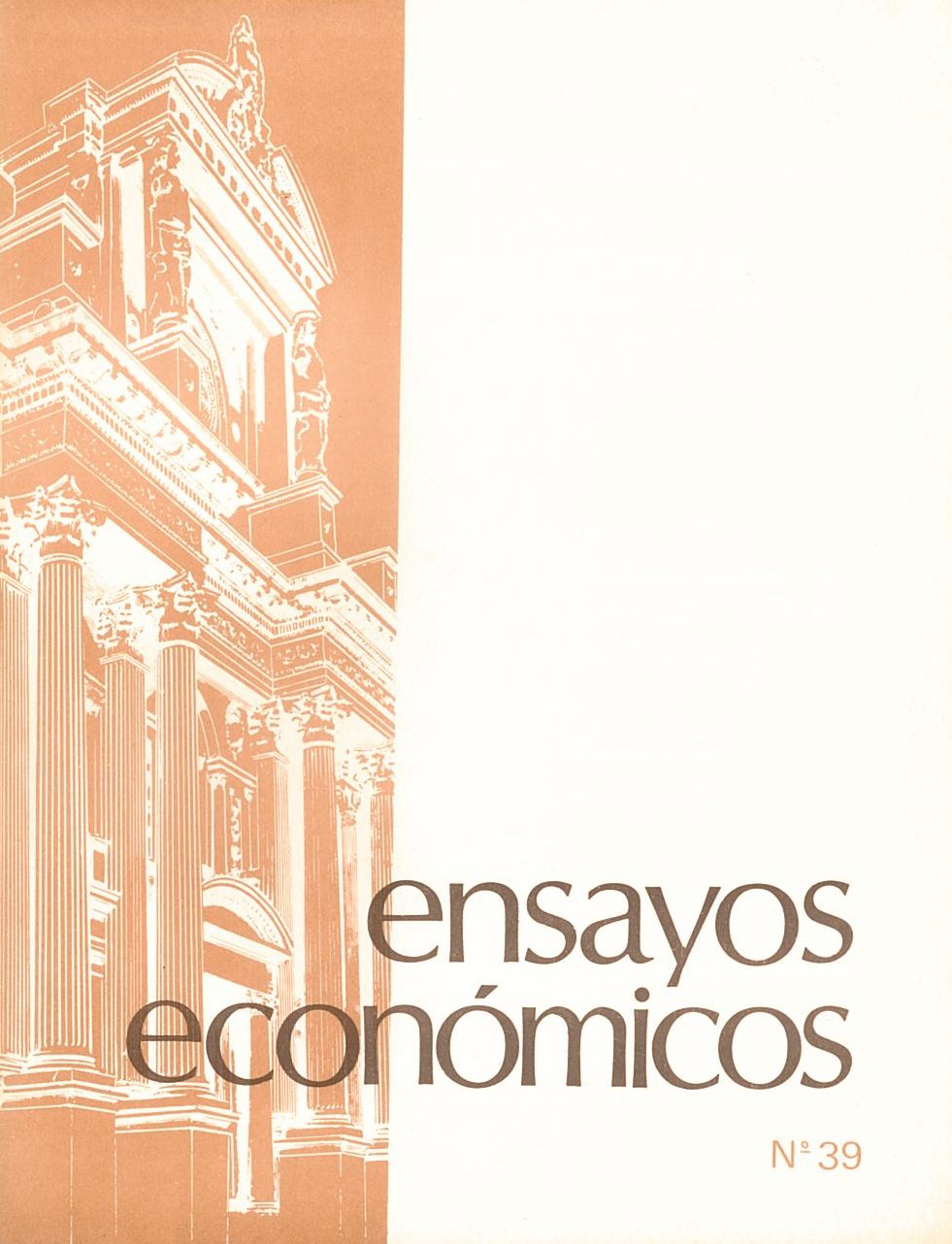Real appreciation and the sequence of trade and financial liberalization - Argentina 1976-81
Keywords:
Argentina, Balance of Payments Crisis, Exchange Rate, Financial Liberalization, Inflation, Real Appreciation, Trade OpennessAbstract
Towards the end of the 70s, Argentina attempted to liberalize its economy from the effects of a highly distorted trade regime and a repressed financial sector. However, the inadequate management of the transition from a distorted economy to an open economy led to an external crisis. Proof of the inconsistency in the use of economic policy instruments clearly emerges from the significant appreciation of the peso between 1976 and 1981. In an economy in which the degree of external debt is well below the desired level due to the existence of capital controls, the removal of such controls can induce a large initial increase in capital inflows, giving rise to a real appreciation that harms exportable activities, especially when trade restrictions still exist (see Edwards, 1985). The problems are accentuated when the fiscal deficit is high, since the opening of the capital account reduces the government's ability to collect the inflation tax and forces it to depend on domestic and/or external borrowing (see McKinnon and Mathieson, 1982). It is very likely that the early opening of the capital account in Argentina has led to destabilizing capital flows. However, so far, no quantitative analysis has been carried out of the degree of destabilization produced by this factor in relation to other sources of real appreciation such as, for example, the excessive expansion of domestic credit vis-a-vis the dollar “tablita”, and the lack of simultaneity in the liberalization of exports and imports. This article analyzes the importance of the different economic policy factors that explain the real currency appreciation during 1976-81, using a dynamic macroeconomic model.
JEL classification: E31 ; F13 ; F31 ; F32 ; F41




